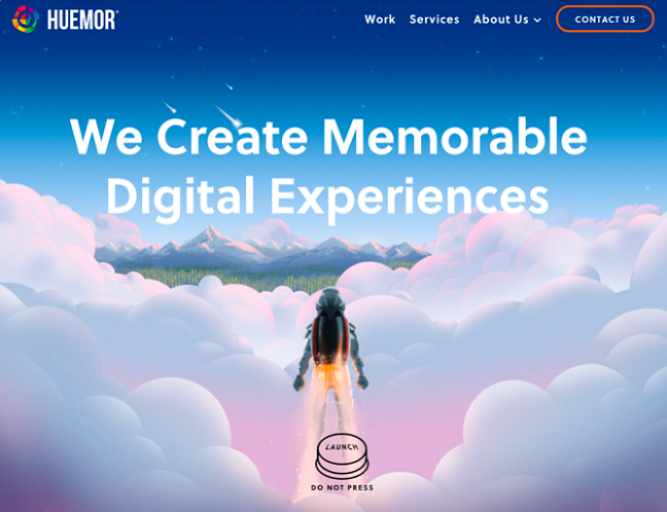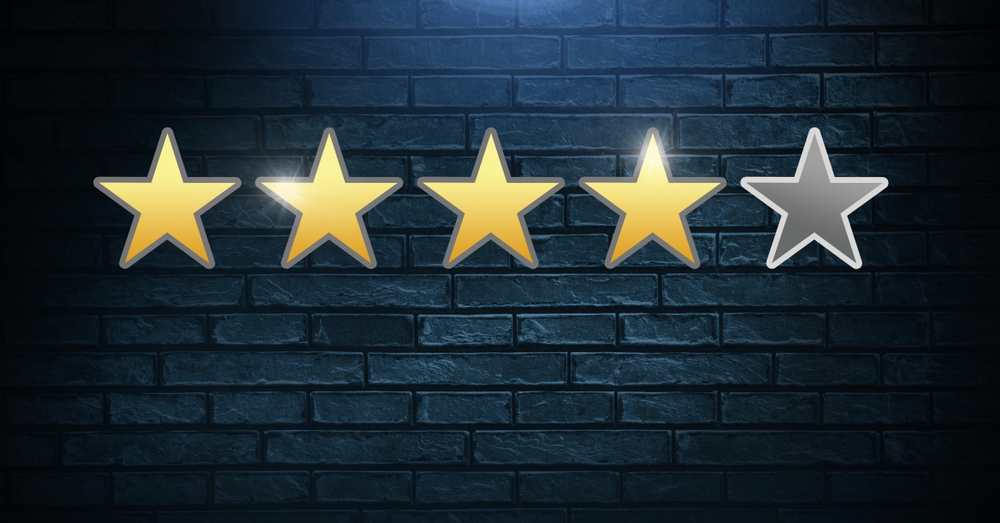
Is this page EVER going to load? I could’ve bought this somewhere else by now.
Wow… I can’t even figure out where I’m supposed to go. All I wanted was that coffee mug and to go about my day… guess I’ll look at another shop.
Oof. This is NOT what I thought I came to buy…
Hey, it’s not as hard as you think to keep loyal shoppers loyal, or to hone in on those you know you’ve got solutions for. We did the work and found 15 things to avoid so that customers stay on YOUR e-commerce site.
1. Shady Navigation
Simple designs are appealing, easier to navigate, and cater to those who aren’t internet savvy. If your target market graduated before the internet boom, remember that not all of them got on board. It took some work (and patience) to get my grandpa comfortable with a new tablet and WiFi, let alone a smartphone! Look, 38% of people will leave a website if the layout is unattractive or hard to navigate. A menu at the top, breadcrumb navigation so users can backtrack easily, and clickables big enough to tap on mobile view are key places to start.
2. Shabby Product Descriptions
Many e-commerce sites copy and paste the manufacturer descriptions into their own shop, but Google will view these as duplicates and cast them aside, especially if you’re in a popular niche. You are asking for people’s money. Not only do you need to educate them about the product, but you’ve also got to show them why they need to buy from YOU. Look up extra facts or customer reviews on your key products, then leave no room for objections in your description.
3. Unresponsive Design
While less common in 2018, this was still enough of an issue for e-commerce companies to make the list. Pew Research Center surveyed 18 advanced economies across the globe and found that a median of 76% of adults own smartphones. It’s estimated that more than half of all internet users shop from mobile devices, too, so you NEED to make sure you test that site out on mobile view.
4. No Set Target Audience
Buyers need a reason to choose YOU over Amazon. Solve their problems in ways that fit their culture with your product and service. This is a major way to gain trust. Don’t waste time targeting too broadly in terms of site content, social media, or email marketing. Shift your marketing energies from a bigger, LESS INTERESTED audience to one that’s smaller — and willing to give you money. Once you’ve found your target audience, there’s lots of ways you can fine-tune your targeting for conversions.
5. Technical SEO Errors
E-Commerce sites plagued with SEO errors are the hardest hit, because no traffic means no shoppers. No shoppers means no money. From server issues to load speed to pages that can’t be reached by ANY other links on your website, technical SEO is a discipline in and of itself. Beyond running regular audits, a set of professional eyes can help, too.
6. Overlooking Security/Poor IT Infrastructure
When there’s a security breach or when your website can’t handle traffic spikes during peak holiday shopping or a sale you’re running, the impact on your ROI can be devastating. An IDC study last fall found that for Fortune 1000 companies, the average downtime cost was between $1.25 billion to $2.5 billion annually. This breaks down to an average hourly cost of $100,000 for infrastructure failure. Even if yours is a smaller e-commerce company, minutes of downtime will cost you, so make sure you’re prepared.
7. A Drab Call to Action (CTA)
Your website is clean, simple, and beautiful… but your CTA still needs to stand out. Pay attention to its color and copy. Blue is soothing and depicts strength and trust, while red is stimulating and youthful. Words like SIGN UP or ABOUT US are clear cut, but a little creativity will go the distance in getting a person to sign up for your email list, hit up your free trial, or add products to cart. Check out what Huemor did for their CTA on a landing page, and then tell me you wouldn’t press to launch!

8. Using the Wrong CMS Platform
Let’s say you started out on Shopify, but later you find that a WordPress + WooCommerce combo is more beneficial for your business. Now, you’re in for a world of work because themes and extensions exclusive to one CMS won’t translate to the other. Knowing what platform will handle your goals and workflow, from blog updates to email lists to shopping carts, spares headaches and hard-earned dollars.
9. Ignoring the World of Email Marketing
Once you find the right balance between email content, mailing, and remailing, there’s a whole pile of money to be made. Abandoned carts, holiday sales, and seasonal closeouts are common themes in e-commerce mailing lists. MailChimp is free up to 2000 subscribers and 12k emails, and from experience I can tell you it’s user-friendly. 246 billion emails are expected to be sent by the end of 2019, and email marketing earns an average of $38 for every $1 spent. Don’t let this avenue slide!
10. Forcing Registration on New Customers
Having an account may mean faster checkouts or earning membership points, but forcing a customer to register before buying can turn them off, even if all the fields are the same as a normal checkout, and especially if they’re impulse buyers. Give them the choice — remember, you’ll still get to capture data when they DO check out!
11. Lengthy Checkout/Not Offering Alternative Payment Options
The dreaded abandoned cart. For some shoppers, life just gets in the way and they forget to complete the purchase. Is your checkout process simple? Offer multiple, secure methods of payment and keep the layout plain: let them tick a box for PayPal, Google Checkout, or Venmo, so they can give you their money and get your awesome product! Keep in mind that a clean checkout process is especially important for mobile shoppers.
12. Not Paying Attention to Site Speed
How fast does your competition’s site load compared to yours? People are impatient and they have short attention spans. It takes an average of just 2.2 seconds for a visitor to decide to stay or check out your competitors, so you need to make sure load times are optimized. Compressing images, using a faster theme, and revisiting what plugins you use are a few ways you can reduce that bounce rate.
13. Poor Showing of Your Products
While they should be optimized for site speed, you still need to use clean looking images. Your products have to look their best! Highlight details about the product that a customer looks at before buying. If you’re limited to images the manufacturer gives you, it might be time to consider grabbing your most popular items and hiring a photographer. If you decide to take photos yourself, make sure you are in the most natural light possible. Take lots of shots and angles for you and your team to assess!

14. An Undefined USP
It’s one thing to have some intrigue on landing pages or FB ads to drive curiosity and get people to click through. It’s another if people can’t figure out what your message is, what you’re selling… or WHY they should choose you over your competition. Your Unique Selling Proposition (USP) is more than a slogan. Make it strong, and focus on the values of your target audience. This is especially important if you’re selling in a saturated market.
15. No Social Proof
Opening your business up to the throng of internet masses is scary, sure, but it’s almost always a win. When stacked against branded content, 92% of consumers trust online recommendations, strangers or not… and 49% want to see a positive review before they decide on any company. Don’t worry about perfection: variable stars are GOOD for sales or traffic, because it can look suspicious if there’s no negative feedback or humanized variance in ratings.

Depending on how much attention you put into building your website, you’ve already avoided some of these blunders. The good news… is the rest aren’t hard to tackle! Here’s some final tips:
- If you’re already running analytics, start with product pages that have the highest bounce rate, then take another look at the copy, images, and layout of that page.
- BE YOUR CUSTOMER. Get on your site, browse some items, add to cart. Analyze each step of the process to find where the gaps are. If you aren’t already on your own mailing list, sign up! (PS: this can help sharpen your USP, too!)
- There’s no shame in asking for help! When it comes to fixes that aren’t so quick and require an expert’s eye, all you have to do is ask.
It’s time to go WOO your audience!